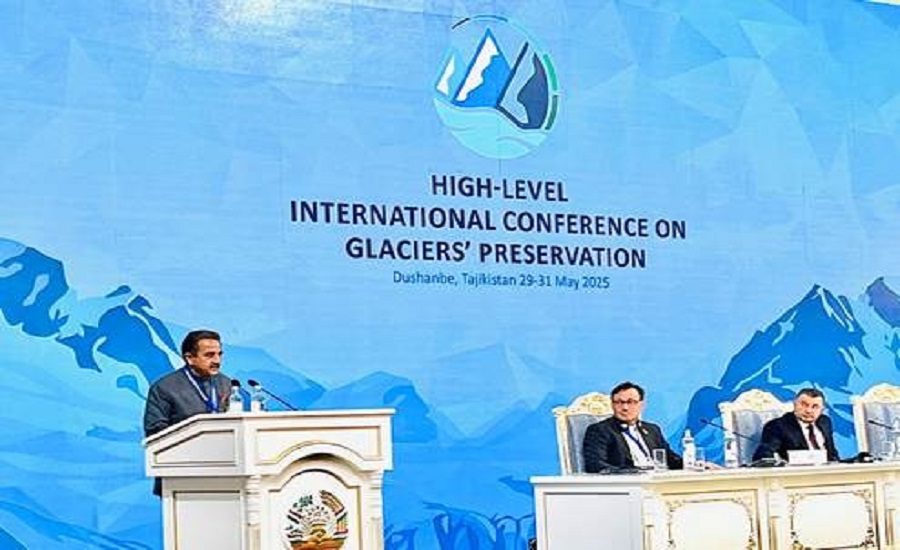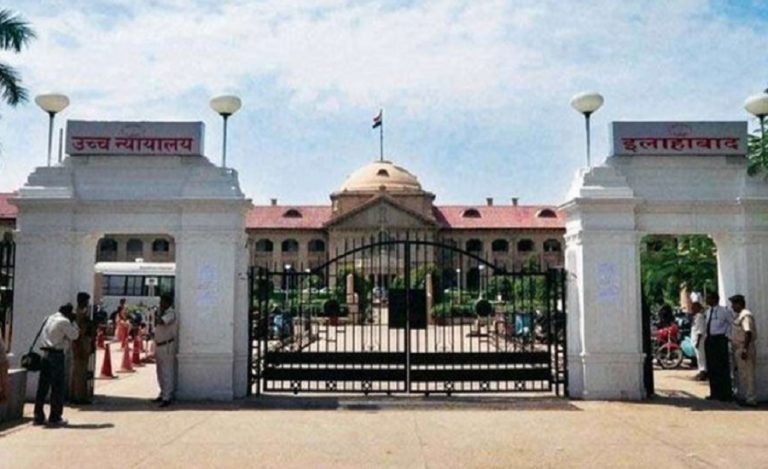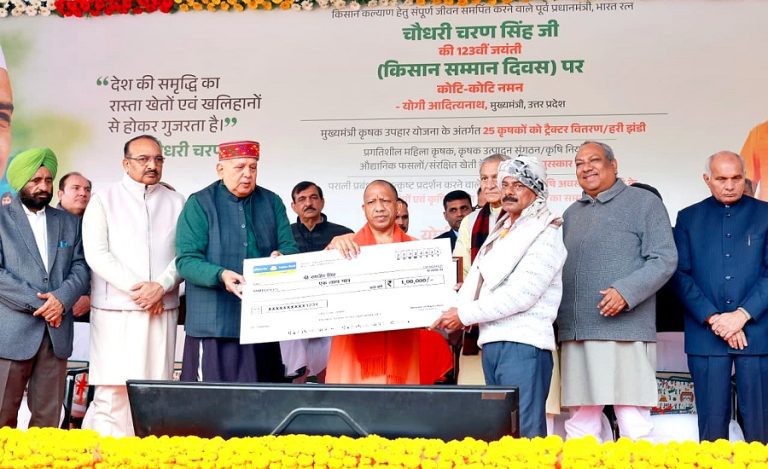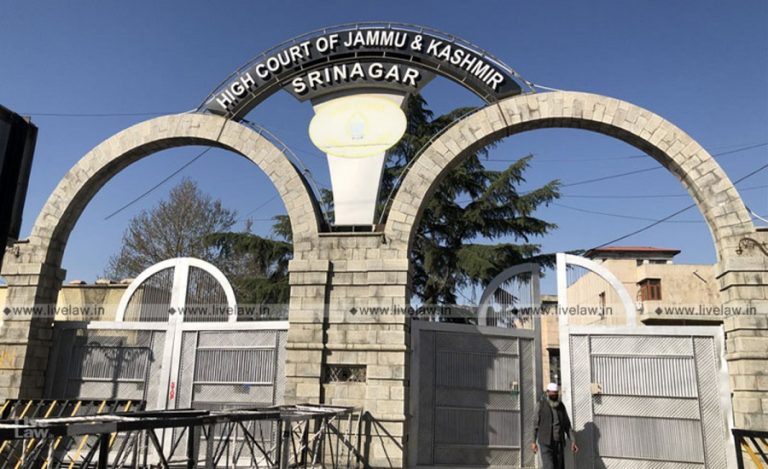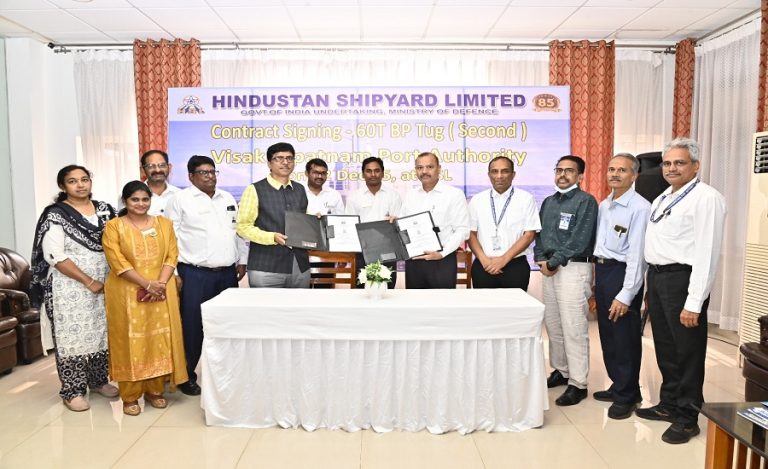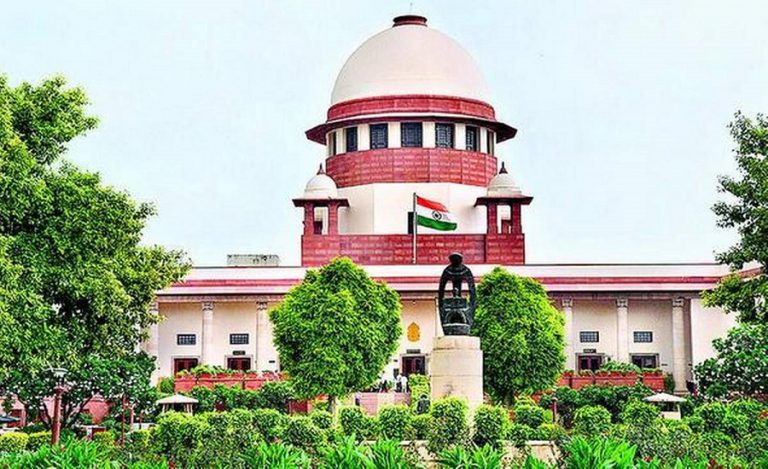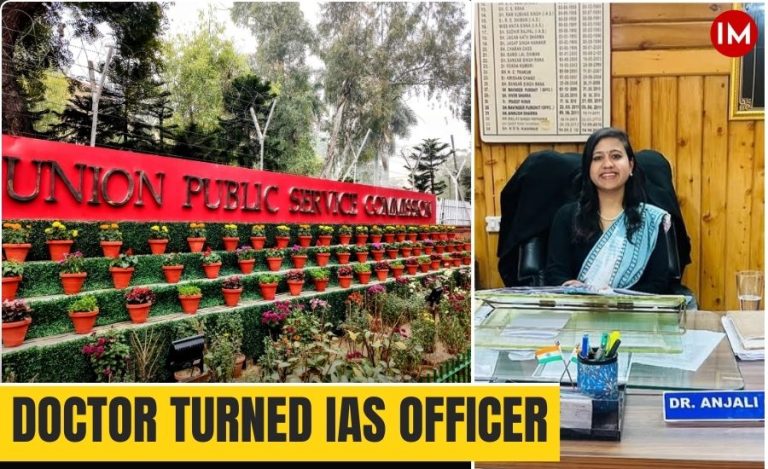Dushanbe, Tajikistan: Union Minister of State for Environment, Forest and Climate Change (EFCC), Mr Kirti Vardhan Singh, reaffirmed India’s strong commitment to glacier preservation at the High-Level International Conference on Glaciers’ Preservation, held in Dushanbe from May 29 to 31, 2025.
Delivering his address during the Plenary Session, Mr Singh called for enhanced global collaboration, shared scientific research, and increased financial and technological assistance to developing countries to tackle the accelerating impact of glacial retreat worldwide.
Glacier Retreat: A Global Crisis with Local Consequences
The Minister warned that the rapid retreat of glaciers is no longer just a warning sign but a present reality with severe implications for water security, biodiversity, and the livelihoods of billions. He underlined that the Himalayas – often called the “Third Pole” – are disproportionately affected, making India’s role in preserving this ecosystem crucial.
India’s Strategic Actions on Glacial Preservation
Shri Singh highlighted India’s initiatives under the National Mission for Sustaining the Himalayan Ecosystem (NMSHE), part of the broader National Action Plan on Climate Change (NAPCC). He also mentioned the establishment of a Centre for Cryosphere and Climate Change Studies, focusing on glacier and glacial lake research in the Indian Himalayan Region.
Leveraging Technology for Glacier Monitoring
India is employing advanced Remote Sensing and GIS technologies, spearheaded by ISRO, to monitor glacier mass, extent, and dynamics. National institutions such as,
- National Centre for Polar and Ocean Research (NCPOR)
- National Institute of Hydrology (NIH)
- Wadia Institute of Himalayan Geology
- G.B. Pant National Institute of Himalayan Environment (NIHE)
are conducting in-depth research to support evidence-based policy decisions and sustainable water resource management.
Improving Disaster Preparedness in the Himalayas
India has made significant advances in disaster risk mitigation with early warning systems and Glacial Lake Outburst Flood (GLOF) risk mapping, coordinated by the National Disaster Management Authority (NDMA). Shri Singh stressed the importance of regional cooperation to build climate resilience and share crucial data.
Climate Justice and India’s Global Role
Reiterating India’s stance on Common but Differentiated Responsibilities and Respective Capabilities (CBDR-RC), the Minister emphasized that South Asia, despite contributing minimally to global emissions, remains highly vulnerable to climate change.
Under Prime Minister Narendra Modi’s leadership, India has made significant strides in its climate action commitments-
- 48% of installed electricity capacity from non-fossil sources
- 36% reduction in emission intensity of GDP between 2005–2020
- Creation of a carbon sink of 2.29 billion tonnes CO₂ eq. through forest and tree cover
Global Call for Action on Cryosphere Preservation
Concluding his remarks, Shri Singh welcomed the declaration of 2025 as the International Year of Glaciers’ Preservation and the Decade (2025–2034) of Action for Cryospheric Sciences. He urged the international community to intensify cooperation, promote inclusive scientific exchange, and extend financial and technical aid to support developing countries in climate adaptation.
“India stands ready to contribute meaningfully to global efforts in safeguarding glaciers and ensuring a resilient future for all,” Mr Singh asserted.

